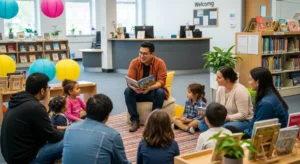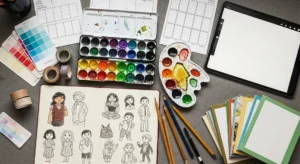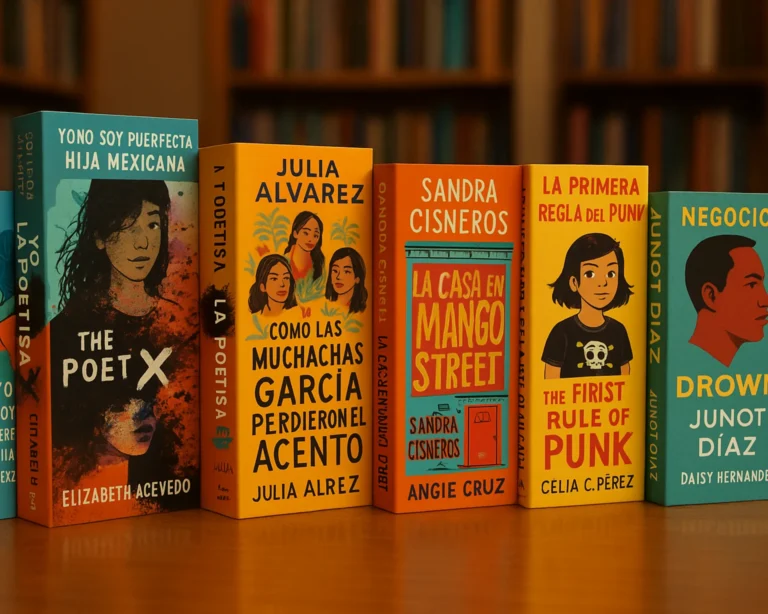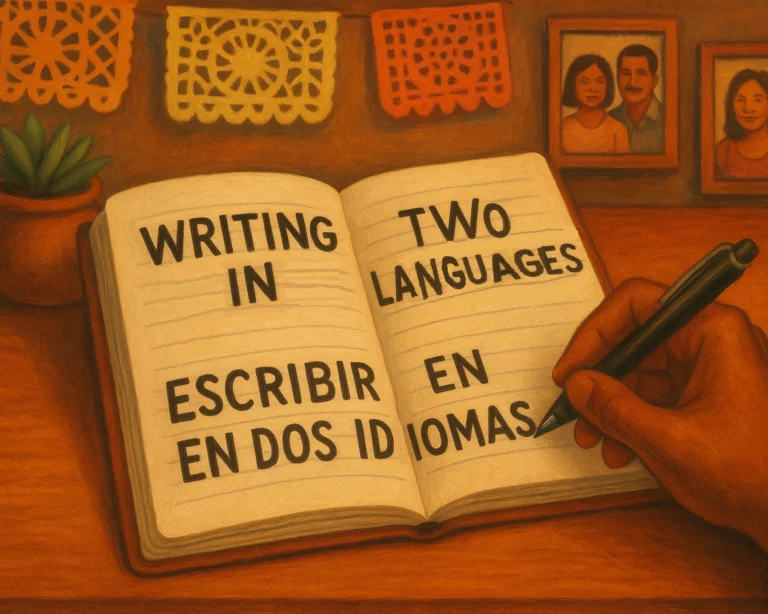Storytelling has always been the heartbeat of Latinx culture. Through cuentos, oral traditions, folktales, and contemporary narratives, stories have carried values, identity, and heritage across generations. For today’s Latinx writers, the responsibility is both inspiring and immense: how can we create stories that connect with young readers while honoring the richness of our culture? This blog explores strategies, challenges, and opportunities to inspire the next generation of Latinx readers.
Why Representation Matters for Young Readers
When children open a book and see characters who look like them, speak their language, or share their traditions, it can spark a sense of belonging. For Latinx youth, this representation is often limited in mainstream publishing. By creating literature that reflects their lives, writers give children the gift of recognition — an affirmation that their experiences matter. Stories can provide mirrors, allowing children to see themselves, and windows, giving them a view into other cultures.
For more on the struggles and triumphs of finding your own literary voice, see our post Finding Your Voice: Overcoming Challenges as a Latinx Writer.
Embedding Cultural Identity in Storytelling
Culture is a powerful element in Latinx storytelling. It influences not only plot and character but also themes of family, resilience, and heritage. Writers can embed cultural identity in ways that feel authentic and engaging:
- Language Use: Incorporating Spanish, Spanglish, or indigenous languages adds depth to dialogue and narration. Glossaries or contextual clues can help readers learn along the way.
- Traditions and Rituals: From Día de los Muertos to quinceañeras, including cultural traditions makes stories both familiar and educational for readers.
- Folklore and Mythology: Latin American folktales, legends, and proverbs can inspire characters, plotlines, and morals that resonate with young audiences.
Our earlier article on The Role of Culture in Latinx Storytelling dives deeper into how culture shapes narrative voice and authenticity.
Building Strong and Relatable Characters
Children engage most with characters they find relatable and aspirational. For Latinx authors, this means crafting characters that go beyond stereotypes:
- Create multidimensional protagonists who face challenges similar to those of young readers — friendship, identity, family dynamics.
- Introduce diverse socioeconomic backgrounds, regional identities, and language variations within the Latinx community.
- Highlight resilience, joy, and pride — not just struggle — when writing about Latinx experiences.
Addressing Challenges Latinx Writers Face
While the need for authentic Latinx children’s literature is growing, writers still face obstacles in the industry. Limited representation in publishing, editorial misunderstanding of cultural nuances, and a lack of marketing support can make it difficult for stories to reach young readers. Overcoming these barriers requires persistence and strategy:
- Seek out publishers, journals, and contests that actively uplift Latinx voices.
- Collaborate with Latinx illustrators, editors, and educators who understand the cultural importance of representation.
- Consider independent publishing as a route to maintain creative control and cultural authenticity.
If you’re looking for practical advice, read our guide on How to Get Your Latinx Story Published.
Engaging Parents, Teachers, and Communities
Children’s reading habits are often shaped by the adults around them. Parents, teachers, and community leaders play a central role in bringing stories to young readers. Writers can strengthen this connection by:
- Developing classroom guides and discussion questions that educators can use.
- Participating in school visits, community storytelling events, and library programs.
- Partnering with Latinx organizations to distribute books to underserved communities.
External resources like Latinx in Publishing and the We Need Diverse Books initiative provide additional support networks and advocacy opportunities for authors.
The Power of Bilingual and Multilingual Stories
For many Latinx children, bilingualism is a part of everyday life. Writing bilingual stories can validate this experience and make reading more inclusive. Bilingual books not only help children strengthen both languages but also normalize multilingualism as a strength rather than a barrier. This approach can encourage pride in cultural identity and linguistic heritage.
How to Inspire Through Themes of Empowerment
Children’s literature has the power to shape values and inspire action. Themes of empowerment resonate deeply with Latinx readers and help them see possibilities for their own futures:
- Identity and Pride: Stories that celebrate Latinx culture foster self-confidence.
- Overcoming Challenges: Narratives about resilience show children that obstacles can be met with creativity and courage.
- Community and Solidarity: Literature that highlights collaboration and support reinforces the importance of belonging.
For examples of how Latinx literature empowers communities, see our feature on Celebrating Latinx Voices in Literature.
Practical Tips for Writers Crafting Children’s Stories
For Latinx writers ready to create stories for the next generation, here are actionable steps to keep in mind:
- Read widely in children’s literature to understand trends and audience expectations.
- Experiment with formats — picture books, early readers, middle grade novels — that suit your story best.
- Write with honesty and clarity, avoiding over-explaining cultural elements while still making them accessible.
- Collaborate with illustrators who can visually reflect the vibrancy of Latinx identity.
You can also look to organizations like the Children’s Book Academy for workshops and mentorship tailored to writers of children’s literature.
Conclusion: Passing the Torch of Storytelling
Inspiring young Latinx readers is not only about creating literature; it is about preserving culture, instilling pride, and shaping the future of storytelling. Every word written for a child carries the potential to spark imagination, identity, and belonging. As Latinx writers, the responsibility is profound—but so is the opportunity. By writing with authenticity, passion, and care, we can ensure that the next generation of readers grows up knowing that their stories matter.





